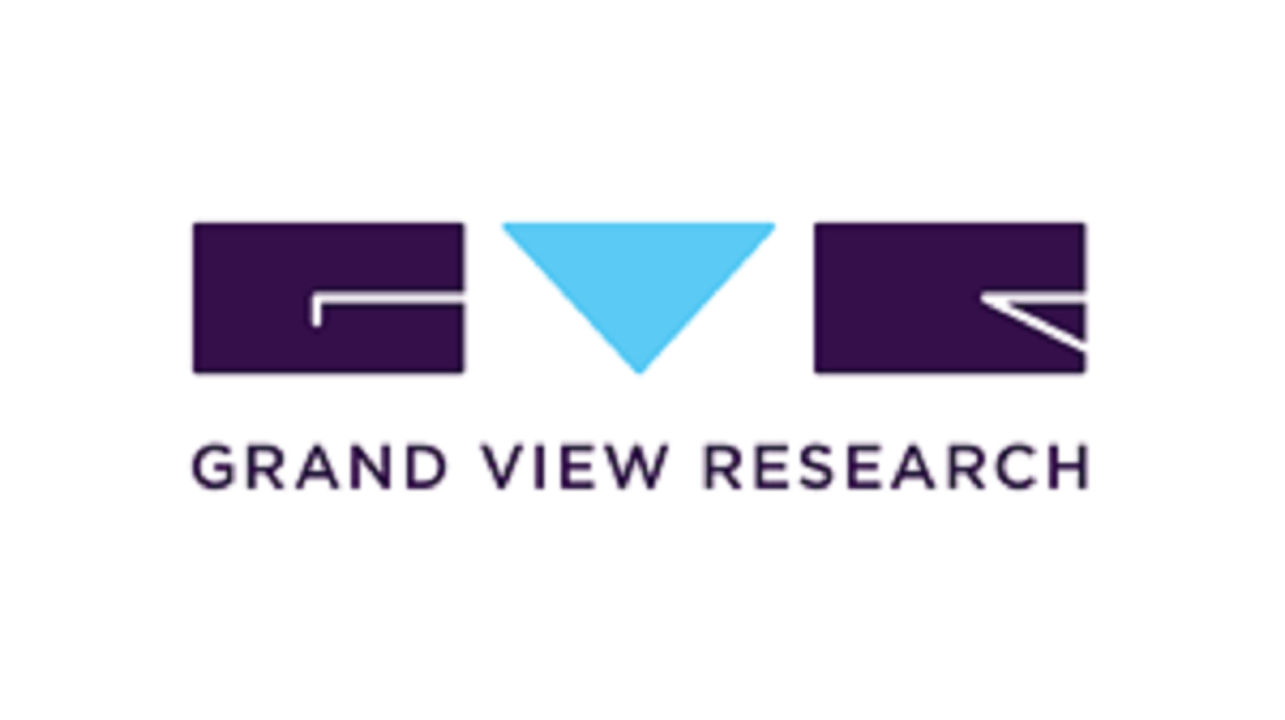The U.S. HVAC systems market is projected to grow significantly, with an expected market size of USD 49.70 billion by 2030. This expansion is anticipated to occur at a compound annual growth rate (CAGR) of 7.4% from 2024 to 2030, as per a recent report by Grand View Research, Inc. One of the primary drivers for the increasing demand for HVAC equipment in the U.S. is the diverse and fluctuating climatic conditions across the country. Given that the U.S. is geographically vast, the weather can vary drastically—from extremely cold winters to intensely hot summers—depending on the region, city, or coastal area. As a result, HVAC systems are deemed essential for residential spaces, enabling indoor temperature control irrespective of outdoor conditions. This inherent need for climate regulation is a significant factor contributing to the thriving HVAC industry in the U.S. Additionally, from the supply-side, the implementation of stringent regulations by local authorities to reduce energy consumption and lower carbon emissions will play a critical role in driving market growth.
In recent years, consumers have become more aware of the severe implications of global warming. Consequently, there is an increasing demand for energy-efficient products that help minimize greenhouse gas (GHG) emissions. To support consumers in making informed choices, the U.S. government offers a variety of tax credit programs aimed at rewarding those who choose products that promote energy efficiency. One such program is the Energy Star Program, which provides ratings based on product performance and energy savings. The U.S. HVAC market is highly competitive, with many well-established vendors vying for market share. These companies are focused on acquiring and retaining customers by offering cost-effective, technologically advanced products. Innovations in HVAC control systems, for example, represent a growing area of focus within the industry. Although HVAC remains a profitable market, the high costs associated with maintenance and installation have prevented the market from reaching its full potential. Nevertheless, companies are addressing this challenge by offering discounted repair and maintenance services to attract more customers and boost HVAC sales nationwide. Furthermore, government regulations aimed at phasing out refrigerants such as R-22 or HCFC-22 in cooling systems are expected to contribute to the increased adoption of newer, more efficient systems over the next seven years.
Curious about the U.S. HVAC Systems Market? Download your FREE sample copy now and get a sneak peek into the latest insights and trends.
U.S. HVAC Systems Market Report Highlights:
• The expanding real estate sector in the U.S., particularly the growth of commercial facilities like hotels, restaurants, offices, and malls, is expected to drive the demand for HVAC systems in the commercial sector.
• In 2023, the western region of the U.S. experienced the fastest growth and captured the largest market share. A key factor in this growth was the region's large population.
• Research and development (R&D) remains a major focus for most companies in the HVAC sector. This effort is crucial for helping them offer feature-rich products that meet the evolving needs of consumers, particularly in the residential market.
Browse through Grand View Research's Advanced Interior Materials Industry Research Reports.
• Water Cut Monitors Market: The global water cut monitors market size was valued at USD 258.9 million in 2024 and is expected to grow at a CAGR of 5.2% from 2025 to 2030.
• Laser Debonding Equipment Market: The global laser debonding equipment market size was estimated at USD 2.24 billion in 2024 and is projected to grow at a CAGR of 6.4% from 2025 to 2030.
U.S. HVAC Systems Market Segmentation
Grand View Research has segmented the U.S. HVAC system market based on equipment, end-use, and region:
U.S. HVAC Systems Equipment Outlook (Revenue, USD Billion, 2018 - 2030)
• Heat Pump
• Furnace
• Unitary Heaters
• Boilers
• Air Purifier
• Dehumidifier
• Air Handling Units
• Ventilation Fans
• Air Conditioning
• Chillers
• Cooling Towers
• Others
U.S. HVAC Systems End-use Outlook (Revenue, USD Billion, 2018 - 2030)
• Residential
• Commercial
• Industrial
U.S. HVAC Systems Region Outlook (Revenue, USD Billion, 2018 - 2030)
• Northeast
• Southeast
• Midwest
• Southwest
• West
List of Key Players in U.S. HVAC Systems Market
• Carrier Corporation
• Daikin Industries, Ltd.
• Emerson Electric Co.
• Johnson Controls International plc
• Lennox International, Inc.
• Trane Technologies
• Rheem Manufacturing Company
• L.G. Electronics
• Haier Group
• Mitsubishi Electric U.S. Inc.
Order a free sample PDF of the U.S. HVAC Systems Market Intelligence Study, published by Grand View Research.


